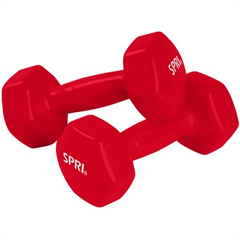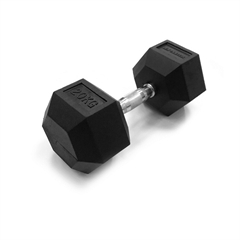Building strength with kettlebell exercises is an effective and efficient way to increase your muscular power and overall strength. Here’s a structured approach to help you build strength using kettlebells:
- Set Clear Goals:
- Define your strength-building goals, whether it’s increasing your squat, deadlift, or overall upper body strength. Having specific goals will help you tailor your kettlebell workouts.
- Choose the Right Kettlebell:
- Start with a weight that allows you to perform your chosen exercises with good form but still provides a challenge. As you progress, gradually increase the weight.
- Compound Movements:
- Incorporate compound movements that work multiple muscle groups simultaneously. These exercises are highly effective for building strength. Examples include:
- Kettlebell Swing: Builds lower body and core strength.
- Goblet Squat: Targets the legs, core, and upper body.
- Kettlebell Clean and Press: Focuses on the upper body and shoulders.
- Incorporate compound movements that work multiple muscle groups simultaneously. These exercises are highly effective for building strength. Examples include:
- Progressive Overload:
- To build strength, you need to progressively increase the resistance over time. This can be done by using heavier kettlebells, increasing the number of repetitions, or adding more sets.
- Strength-Focused Routine:
- Create a structured strength routine that includes 3-4 kettlebell exercises targeting different muscle groups.
- Perform 3-4 sets of each exercise with 6-12 repetitions per set.
- Rest for 1-2 minutes between sets to allow for recovery.
- Proper Form:
- Maintain proper form at all times to prevent injuries and maximize results. If you’re unsure about your form, seek guidance from a certified kettlebell instructor.
- Full-Body Workouts:
- Ensure your strength routine includes exercises for both upper and lower body muscles to achieve balanced strength development.
- Periodization:
- Incorporate periodization into your training plan. This involves cycling between phases of higher volume and lower intensity and phases of higher intensity and lower volume to prevent plateaus and promote continual progress.
- Rest and Recovery:
- Allow your muscles to recover adequately. Strength is built during the recovery phase, so ensure you get enough sleep and rest between workouts.
- Nutrition and Hydration:
- Consume a balanced diet rich in protein to support muscle growth and recovery.
- Stay hydrated to optimize your performance during workouts.
- Record Progress:
- Keep a workout journal to track your progress. Note the weights used, sets, reps, and any changes in your strength levels.
- Variation:
- Regularly change your exercise routine to prevent adaptation and to challenge your muscles in new ways.
- Professional Guidance:
- Consider working with a certified personal trainer or kettlebell instructor to design a personalized strength-building program and to receive feedback on your technique.
- Patience and Consistency:
- Building strength takes time. Be patient and consistent with your training regimen, and don’t get discouraged if progress seems slow at times.
Remember that safety and proper form should always be your top priorities when training with kettlebells. Building strength with kettlebell exercises is not only effective but also enjoyable when done correctly, and it can lead to functional, real-world strength that translates into improved performance in various activities.


















